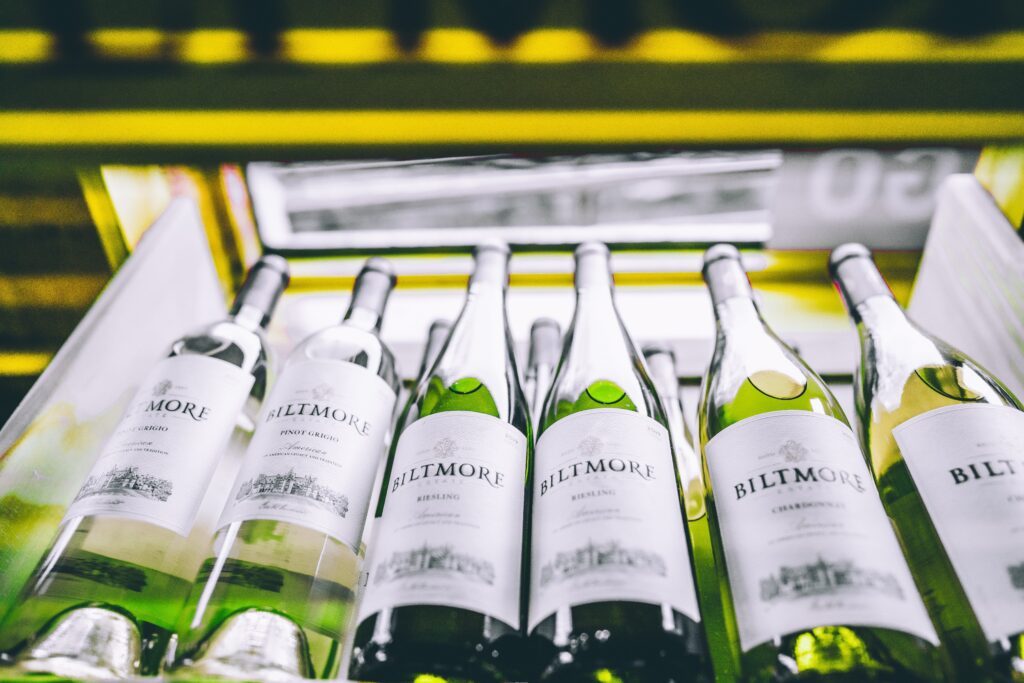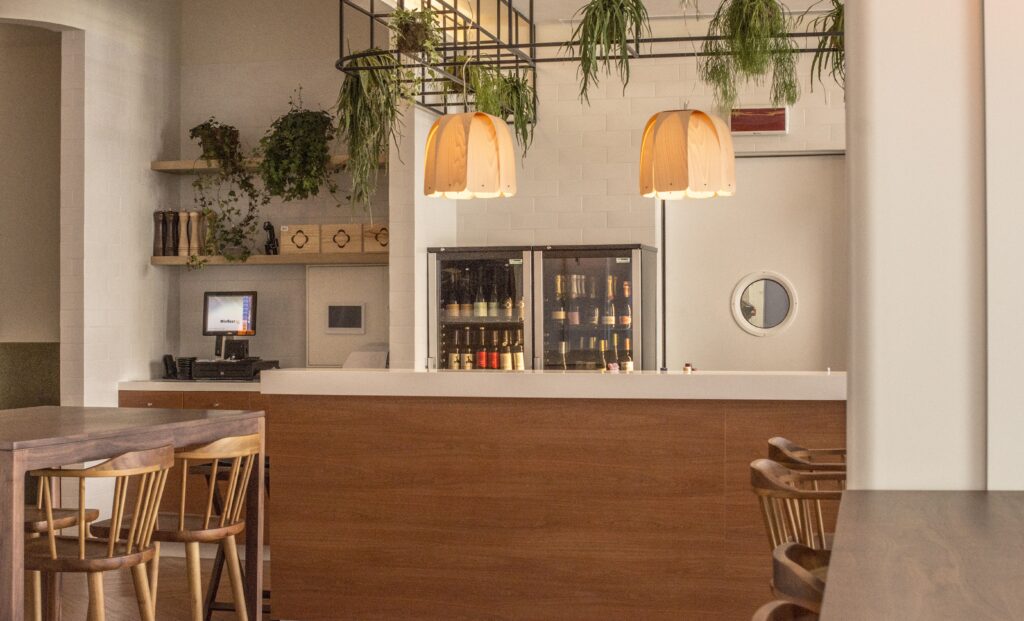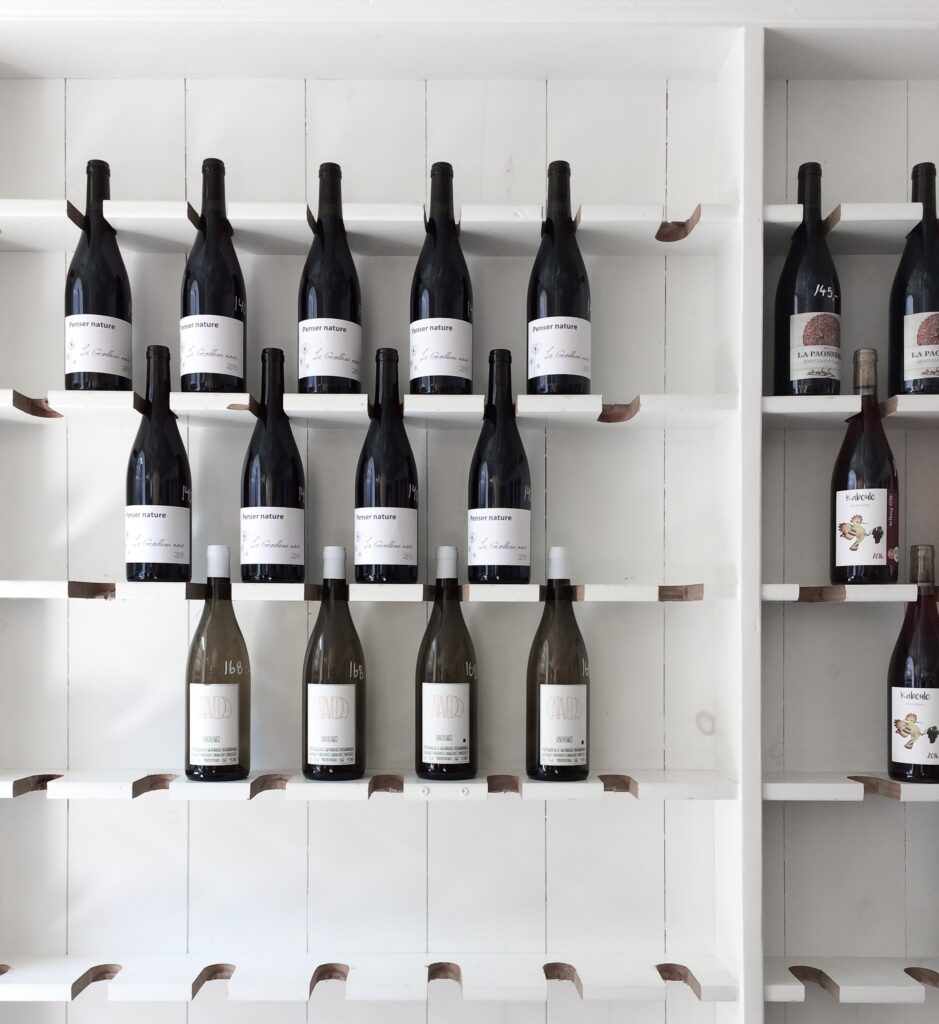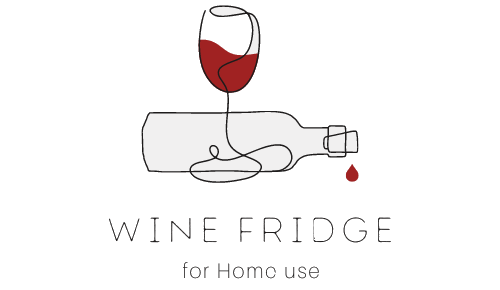Imagine this: you’re a wine connoisseur hosting a dinner party, and you want to impress your guests with perfectly chilled wine. You thought you had everything you needed until you realized your wine fridge doesn’t have a digital temperature display. How are you supposed to know if your wine is stored at the optimal temperature? In this article, we will explore the importance of having a digital temperature display on a wine fridge and how it can elevate your wine experience.

Understanding Wine Storage
Types of wine storage
When it comes to storing wine, there are several options to consider. The most common types of wine storage include wine cellars, wine fridges, and wine racks. Wine cellars are dedicated spaces specifically designed for wine storage, providing optimal conditions such as temperature and humidity control. Wine fridges, on the other hand, are standalone units that are more accessible and convenient for everyday wine enthusiasts. Wine racks are often used for short-term storage and display purposes, but they may not offer the same level of temperature control as cellars or fridges.
Ideal conditions for storing wine
To ensure the longevity and quality of your wine, it is crucial to store it under specific conditions. The ideal temperature for wine storage is typically between 45°F and 65°F (7°C and 18°C). It is important to avoid extreme temperature fluctuations, as they can negatively impact the aging process and ultimately affect the taste and aroma of the wine. Additionally, wine should be stored in a dark place to prevent damage from UV light, and the humidity level should be maintained between 50% and 80% to prevent corks from drying out or mold growth.
The role of temperature in wine storage
Temperature plays a vital role in the storage of wine. It affects various chemical reactions that occur during the aging process, ultimately influencing the flavors and aromas of the wine. If the temperature is too high, the wine may age too quickly, leading to premature oxidation and a loss of freshness. Conversely, if the temperature is too low, the aging process slows down, and the wine may not develop its full potential. Therefore, maintaining a consistent and appropriate temperature is essential for preserving the quality and character of your wine.
Basics Of Wine Fridge
What is a wine fridge
A wine fridge, also known as a wine cooler or wine refrigerator, is a specialized appliance designed for storing wine. It provides optimal conditions, including temperature control, humidity regulation, and protection from UV light, to ensure the wine’s longevity and maintain its quality. Wine fridges come in various sizes and configurations, ranging from compact countertop models to large freestanding units. They are equipped with shelves or racks specifically designed to hold wine bottles securely and efficiently.
Typical features of a wine fridge
Wine fridges offer several features that cater specifically to the needs of wine storage. One of the most common features is adjustable temperature settings, allowing you to set the desired temperature for your wine collection. Some wine fridges also come with dual-zone functionality, which enables you to store different types of wine at their respective optimal temperatures. Additionally, wine fridges often have humidity control mechanisms to prevent corks from drying out and UV-resistant glass doors to protect the wine from harmful light exposure.
How a wine fridge differs from a regular refrigerator
While a regular refrigerator may seem like a plausible option for storing wine, it is not ideal for long-term storage. Regular refrigerators are optimized for food storage rather than wine, and their temperature settings are typically set much lower than the ideal wine storage temperature. This can result in the wine aging too slowly or even freezing, which can damage the integrity and taste of the wine. Additionally, regular refrigerators often lack the necessary humidity control and UV protection features that wine fridges provide.
The Importance of Temperature in Wine Storage
Impact of temperature on wine quality
Temperature has a significant impact on the overall quality and taste of wine. When wine is exposed to high temperatures, it can accelerate chemical reactions, leading to premature aging and a loss of flavor complexity. Conversely, low temperatures can hinder the aging process, preventing the wine from developing its full potential. Consistently maintaining the ideal temperature range allows the wine to age gracefully, unlocking its flavors, aromas, and nuances over time.
Ideal temperature for different types of wine
Different types of wine have varying temperature requirements for optimal storage. Generally, red wines are best stored between 55°F and 65°F (13°C and 18°C), allowing them to develop rich flavors and soft tannins. White wines, including sparkling wines, are typically stored between 45°F and 55°F (7°C and 13°C), preserving their freshness and acidity. It is important to note that specific wines may have individual temperature preferences, such as certain rosés or dessert wines. Consulting the wine’s producer or a sommelier can provide you with more precise temperature recommendations.
Fluctuation of temperature and its effects on wine
Fluctuating temperatures can have detrimental effects on wine, even more so than a consistently high or low temperature. Rapid temperature changes can cause the wine to expand and contract, which can lead to oxidation and spoilage. This is why it is crucial to store wine in an environment with minimal temperature fluctuations. Wine fridges with temperature control features help mitigate this risk by maintaining a constant temperature, ensuring the wine remains in optimal conditions for aging and preserving its quality.
Digital Temperature Display on a Wine Fridge
The concept of digital temperature display
A digital temperature display on a wine fridge provides users with an easy and accurate way to monitor and adjust the temperature settings. It typically consists of a digital screen that displays the current temperature inside the fridge. This feature allows users to ensure that the wine is stored at the desired temperature and provides real-time information regarding any temperature fluctuations.
How digital temperature displays work
Digital temperature displays on wine fridges work by utilizing built-in temperature sensors and a digital controller. The sensors continuously monitor the temperature inside the fridge, sending the information to the controller, which then displays the data on the digital screen. Users can typically set the desired temperature through a control panel interface, which communicates with the controller to adjust the internal temperature accordingly.
Pros and cons of digital temperature displays
Digital temperature displays offer several advantages for wine storage enthusiasts. Firstly, they provide precise temperature readings, allowing users to maintain the ideal temperature range consistently. This level of accuracy ensures that the wine ages properly and maintains its quality. Additionally, digital displays often come with visual alerts or alarms that notify users in case of any temperature fluctuations or deviations from the set parameters. However, it is important to note that digital displays may require a power source, and in the event of a power outage, the display may not function until power is restored.

Benefits of Having a Digital Temperature Display
Precision in temperature control
One of the key benefits of having a digital temperature display on a wine fridge is the precision it offers in temperature control. With a clear and accurate reading of the internal temperature, you can easily adjust the settings to maintain the ideal conditions for your wine collection. This precision ensures that your wine ages properly and allows you to create the perfect environment for different types of wine, maximizing their flavors and aromas.
Ease of use and convenience
Digital temperature displays are designed to be user-friendly and intuitive. They provide a clear and easy-to-read display of the temperature, eliminating any guesswork or ambiguity. With a quick glance at the digital screen, you can instantly assess the temperature inside the fridge and make any necessary adjustments. This convenience makes it effortless to maintain the optimal storage conditions for your wine, even for those who may be less experienced in wine storage.
Real-time monitoring and alerts
Digital temperature displays allow for real-time monitoring of the wine fridge’s temperature. This feature enables you to keep a close eye on any fluctuations or deviations from the desired temperature range. Some wine fridges with digital displays also come equipped with alarms or visual alerts that notify you when the temperature is outside the set parameters. This real-time monitoring ensures that you are promptly made aware of any potential issues, allowing you to take immediate action to protect your wine collection.
Challenges of Having a Digital Temperature Display
Potential technical glitches
While digital temperature displays offer many benefits, they are not without their challenges. One potential challenge is the possibility of technical glitches or malfunctions. Like any electronic device, digital displays may encounter issues such as inaccurate temperature readings or display errors. It is important to choose a wine fridge with a reliable and reputable brand that offers good customer support and warranty coverage in case any technical issues arise.
Energy consumption considerations
Digital temperature displays rely on electricity to function, which means they contribute to the overall energy consumption of the appliance. While this may not be a significant concern for most users, it is worth considering if you are conscious of your energy usage or have multiple appliances running simultaneously. However, it is worth noting that wine fridges are generally energy-efficient, and the energy consumption of the display is minimal compared to the overall functionality of the appliance.
Cost implications
Wine fridges with digital temperature displays may come at a slightly higher price point compared to those without this feature. The additional cost is attributed to the inclusion of the digital display technology, which adds convenience and precision to the wine storage experience. However, it is important to assess your needs and priorities to determine if the benefits of having a digital temperature display outweigh the potential cost implications.

Comparison with Analog Temperature Displays
Key differences between digital and analog displays
Analog temperature displays, also known as dial or knob displays, are an alternative to digital displays in wine fridges. While both types serve the purpose of monitoring the temperature, they differ in their operation and user experience. Digital displays provide an exact numerical reading of the temperature, whereas analog displays utilize a traditional dial or knob that indicates a range of temperatures. Analog displays often require manual calibration and can be susceptible to inaccuracy due to calibration errors or wear and tear.
Effectiveness of analog displays in wine fridges
Analog temperature displays can still be effective in wine fridges, especially for those who prefer the simplicity of traditional controls. Despite their potential for slight inaccuracies, analog displays can provide a general indication of whether the temperature is within the desired range. They are often considered more visually appealing and nostalgic, adding a classic touch to the overall aesthetic of the wine fridge. However, it is important to regularly calibrate analog displays to ensure their accuracy.
Preferences among wine enthusiasts
Preferences regarding temperature displays in wine fridges can vary among wine enthusiasts. Some prefer the precise and instant information provided by digital displays, as it allows for more control and accuracy in maintaining the ideal storage conditions. Others may have a preference for analog displays due to their simplicity and classic appeal. However, it is important to note that the choice between digital and analog displays ultimately comes down to personal preference and the specific needs of the individual.
Other Features to Consider in a Wine Fridge
Humidity control
Apart from temperature control, humidity is another crucial factor to consider in wine storage. Wine fridges with humidity control features allow you to maintain the optimal humidity level for your wine collection. This helps prevent corks from drying out, preserves the integrity of the wine, and minimizes the risk of mold growth. Look for wine fridges with adjustable humidity settings or built-in mechanisms to regulate humidity levels effectively.
UV protection
Wine is sensitive to light exposure, especially to harmful UV rays. Wine fridges with UV-resistant glass doors or solid door construction provide protection against UV light, ensuring that the wine remains unaffected by its damaging effects. This feature is particularly important if you plan to store your wine fridge in an area with direct sunlight or bright ambient light.
Configuration and capacity
Consider the layout and capacity of the wine fridge to ensure it suits your storage needs. Look for adjustable shelves or racks that can accommodate different bottle sizes, allowing flexibility in organizing your collection. Additionally, consider the total capacity of the wine fridge, taking into account the number of bottles you intend to store and whether you have plans to expand your collection in the future.
Noise level and vibration control
Wine fridges equipped with noise reduction technology ensure a quiet and peaceful storage environment. Excessive noise or vibration can potentially disturb the aging process of the wine and affect its quality. Look for wine fridges with features like vibration absorption or quiet compressors to minimize any noise or vibrations that could disrupt the wine’s aging process.
Brand and warranty
When investing in a wine fridge, it is essential to choose a reputable brand that offers a warranty. Well-established brands often have a track record of producing reliable and durable appliances, giving you peace of mind in your purchase. Additionally, a warranty provides protection against potential defects and ensures that you can seek assistance or repairs if any issues arise with your wine fridge.
In conclusion, while it may not be absolutely necessary to have a digital temperature display on a wine fridge, it offers several benefits that enhance the wine storage experience. Digital temperature displays provide precision in temperature control, ease of use, and real-time monitoring, ensuring that your wine remains in optimal conditions for aging. However, analog displays can still be effective and may appeal to those seeking a more traditional approach. Ultimately, the choice between digital and analog displays, as well as the selection of other features, depends on your personal preferences and priorities in wine storage.
